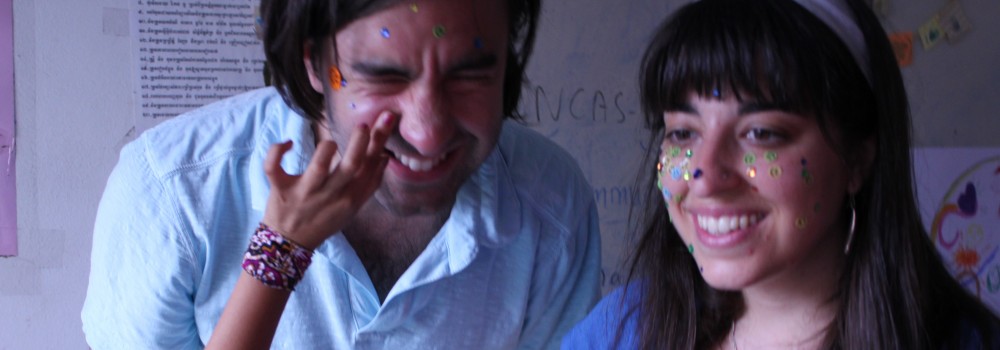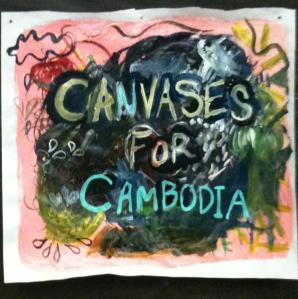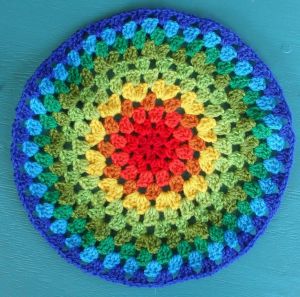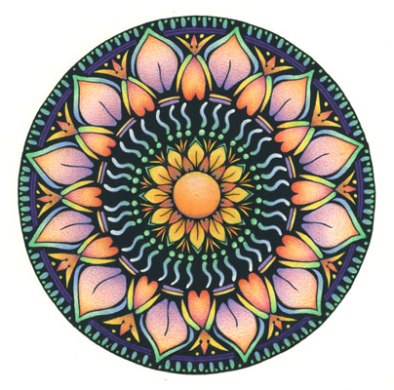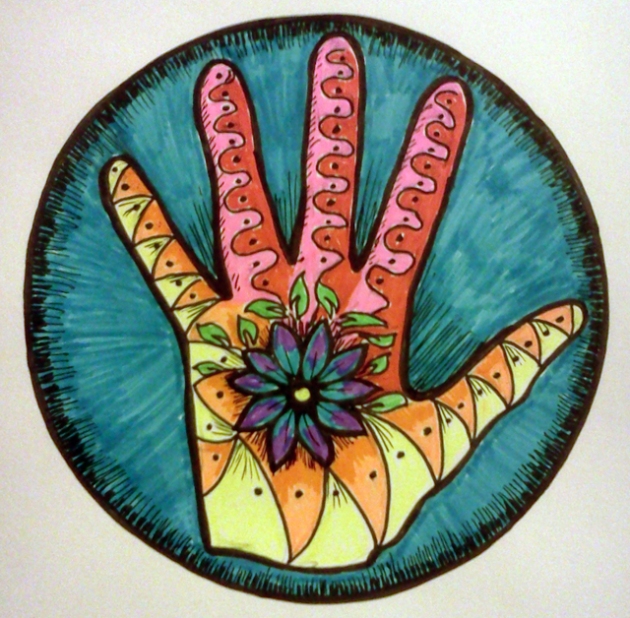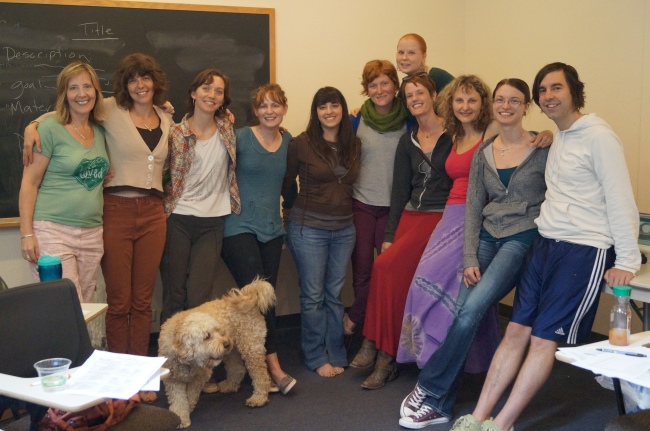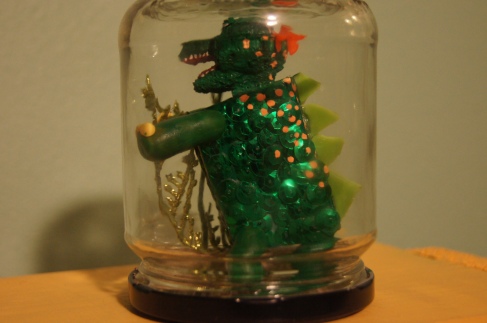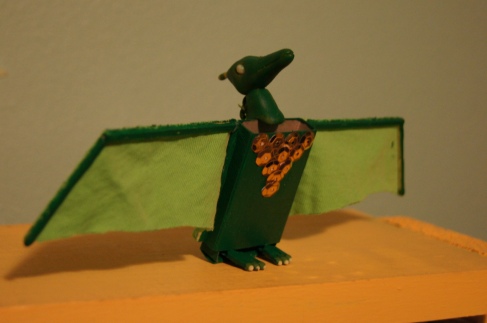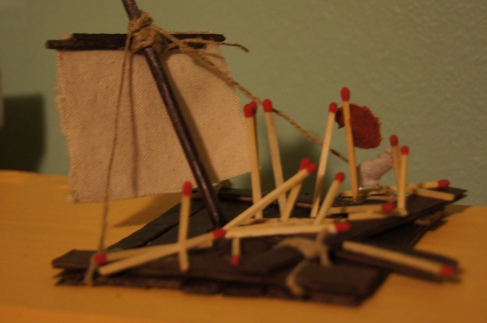Blog by: Sue Wallingford

One of the concepts that we discuss as a team before going to work in Cambodia is the notion of “cultural humility.” Our conversations, though still in their infancy, offer opportunities to look more deeply at the assumptions deeply embedded in our own white privilege, as primarily western-white middle-class women. We have looked at this idea of “cultural humility,” as opposed to “cultural competence,” as our desire is to remain open to what is yet to be learned. I also like the notion of humility over competency because it constantly puts the student in the place of not knowing; never assuming to have the answers; opening always to the moment at hand, and the people encountered as worthy of their own history and complexity.
I, as their teacher, and someone who is supposed to know the answers, struggle with this notion and have to constantly remind myself that I too am a student in this life-long subject, and that by allowing my students to see me struggle with the “right” answers I am sharing the most important lesson in humility of all.
One of most difficult areas for me in doing this work, both professionally and personally, is how do I remain an empowered female, who desires to instill in women comfort in all it means to be empowered (from a Western point of view) and do the hard work of facing a Cambodian girl who has spent most her years using her body as a vehicle for someone else’s pleasure? How do I instill in her that all she has to do is take back her power, wield the shield of fierce sexuality and she will be ok? I can’t. And to assume I can is not only a crime to her but to all women and men who have been abused in the most intimate of ways, including myself. To stand in her sexual power will likely never be possible for this girl given the history she has, and I can’t make it better.
So, when this happens, and I forget that to really love another I have to honor their scars as well as their beauty, I get to say, “I’m sorry,” and try again to not speak from a place of ignorance but instead from a place of curiosity and compassion.
Cultural “Humility” extends beyond knowing what to say, how to dress, or even how to behave. It is about deep and fearless empathy, and the desire to really understand another’s suffering. Not to try to change it, just to be with it, and love it, no matter what.
I love the following article by Kelly Rose Pflug-Back because I think it speaks directly to this issue, and challenges us empowered feminists to take another look at what “power” really means. I’ll be sharing this one with my students. Please join the conversation and give us your thoughts too. And stay tuned for more conversations about this topic.
While skimming through news a few weeks ago, I noticed that one of the current hot topics on feminist threads was the Cliteracy project, an installation piece by New York artist Sophia Wallace that focuses on themes of women’s sexual gratification.
Like many popular presentations of feminism today, the Cliteracy project seems to propagate the idea that sexual empowerment in the 21st century means that women should enjoy getting off and that men should enjoy getting women off. While society has long been plagued by suppressed knowledge of the female sexual anatomy, a superficial and reductionist critique like Cliteracy results in men being able to think that they are being “good” feminists by mere virtue of enjoying giving oral sex to women. The idea that “good sex” or a “healthy sex life” can be quantified by levels of arousal or frequency of orgasms fails to meet the needs of people who have a complicated relationship with sex because of past trauma, gender dysphoria, or other factors.
I have had sexual encounters which, by conventional standards, would be deemed “good sex,” yet still left me feeling violated, afraid, and alone. While my partners may have understood the mechanics of my anatomy, they felt no need to understand my history of trauma and the impact this has had on my emotional and spiritual life.
I didn’t realize that I wasn’t a virgin until the day, after coming home from Grade 1, I finally worked up the courage to ask my mother what sex was. I remember experiencing a strange sinking feeling as she calmly described to me some vague approximation of the terrifying ritual which a group of older boys I knew had been forcing me to perform with them for some time.
One’s pubescent years are often thought of in our culture as a time of sexual discovery, yet all I felt that I had discovered through my first sexual experiences was the grim reality of what it meant to be violently objectified as a female-bodied person in an insidiously patriarchal society.
As I entered high school, I remember watching with growing bitterness as my peers giggled about their own sexual awakenings, blushing as they speculated about the details of something that had never been a mystery to me. While they swooned with their first dizzying tastes of love and lust, I was locked in my room snorting crushed up pills and cutting my arms open with straight razors, fantasizing about peeling my own skin off and immersing myself in acid baths until even my bones disintegrated, dousing myself in gasoline and burning ’til there was nothing left that could feel.
I felt physical attraction to other girls, and the idea of acknowledging it tortured me and robbed me of sleep. I fell in love at some point with one of my best friends, but when he reciprocated my feelings, I became terrified by the prospect of physical intimacy. Sex, I felt, was not a happy thing, something I could not ever do with a person I loved and respected. I seized up and became cold when he and I touched, yet I had no problem having anonymous sex with older men with whom I felt no connection. I remember laughing about it later, showing him the bruises on my legs, looking at the sadness in his eyes and wishing I could make him understand somehow. The body, which he thought was beautiful and sexy, was nothing but a site of violence to me, an inconvenient lump of flesh and nerves which served no purpose besides being a vehicle for agony and helpless rage.
I grew accustomed to directing my hate and anger towards my own body, starving it, mutilating it, abusing it with drugs. I blamed my body it for its vulnerability, instead of blaming the society which had produced this vulnerability and the individuals who had taken advantage of it. There were times I tried to tell other kids at school about what had happened to me, but their reaction was laughter and ridicule. I was one of the unpopular girls, the ones who walked around in stained hand-me-downs and never got invited to birthday parties. I was already dirty in their eyes; the admission of having been violated was simply proof of it.
When I started to become acquainted in later years with the world of feminist activism, I immediately felt alienated by the ways in which mainstream feminist movements approached things like sexual empowerment and body acceptance. Almost 10 years later, the face of popular, “sex-positive” feminism seems to have changed very little. It still seems to be a movement geared towards middle-class, mostly white, liberal, cis-women for whom liberation may indeed be a simple matter of achieving greater sexual satisfaction, ending the culture of slut-shaming, and re-appropriating femme aesthetics.
For people who face more obstacles in the path towards reclaiming and realizing their sexuality, this sort of uncompromisingly positive and monolithic view of sex can come off as anywhere from frivolous to brutally alienating. During the long period of my life in which I felt that I was completely incapable of having any kind of healthy manifestation of a sex life, I often felt wracked by the guilt of not being a “good” feminist.
Given the alarming prevalence of rape and sexual violence in our society, perhaps all of us, regardless of gender, should begin with the assumption that all female-bodied partners we have (and, realistically, quite a few of our male-bodied partners as well) are survivors. In a world so rife with inequality and violence, it is not enough for us to think that being an adequate lover means knowing how to make our partners come. Our understanding of human sexuality and eroticism must expand in ways which are not limited to the physical intricacies of genital sex. “The clitoris is not a button it is an iceberg” proclaims one of the slogans which compose the Cliteracy project — a phrase that seems to imply the clit is not in fact as small and external as it appears, because it is attached to a much larger internal structure. Yes, the external clitoris is attached to a large internal apparatus of muscles and nerve endings — it is also attached to an entire human being, a being who, since birth, has been categorized as socially inferior based upon their anatomy and more than likely has a complicated relationship with their body and their sexuality because of it.
Today, I feel like the sex I choose to have in my life has to include more than just physical factors. It’s not enough to be having an orgasm (or two, or three) every time. It’s not enough to feel like I have the space to talk about and ask for the things that turn me on. I have to feel like my partners and I have opened the space to be radically honest about the ways we have been damaged, the space to start healing each other’s wounds and healing our own in the process. This is something that can happen in a long term relationship, a one night stand, a sexual encounter between friends or casual lovers. It can range anywhere from the most vanilla of vanilla to the most extreme of BDSM scenes, and everything in between. It can be through types of erotic intimacy that don’t involve physical touch. It can happen in any of the myriad circumstances in which we seek out closeness with each other, so long as everyone involved acknowledges that sex is not always just an act of doing — sometimes, it must also be one of undoing.
It’s one thing for a lover to accept my body, to find beauty in its curves, its cellulite, its asymmetries and uniqueness — but if they can’t look at my scars and acknowledge that these, too, are part of the package, then the rest is meaningless to me.
We are taught through the ethos of mainstream feminism to love and accept our bodies regardless of whether they fit conventional standards of beauty or sexiness, to know what gives us pleasure, and to feel no shame in asking for it. These things may be incredibly beneficial for some people, but we also must acknowledge that each body comes with baggage — and if this baggage prevents us, for the time being, from fully loving and accepting ourselves, from pleasuring ourselves, or from giving and accepting pleasure from others, this does not mean that we are wrong or bad or broken. We are simply doing what we have to in order to survive in a world where the odds are stacked against us, regardless of whether our ways of coping look “healthy” to others, regardless of whether we are called bad feminists or bad women because of them.
A woman who was assigned male at birth will likely have a different relationship with her body than a woman who has gone through her life with cis-gendered privilege, just like a woman who is subject to types of sexism that are intertwined with racism and colonialism will likely have a different relationship with her body than a woman who lives sheltered by white privilege. As surely as there are no right or wrong bodies, there are no right or wrong ways of relating to our bodies.
If we wish to construct a feminism that is truly “sex positive,” it must address the myriad forms of oppression that violate women’s lives and bodies on a global scale. “Freedom in society can be measured by distribution of orgasms,” reads another slogan of Wallace’s Cliteracy project — a statement that seems almost painfully ludicrous when we consider the millions of women worldwide whose freedoms, sexual and otherwise, are devastated on a daily basis by state violence, environmental degradation, poverty, racism, and the wide variety of other hardships women must tackle in the contemporary world, in addition to a lack of sexual gratification. Women’s sexual empowerment is not an issue which can be separated from broader struggles for gender justice, and in order to support its realization, we must fight collectively for serious social and political change with the same passion and uncompromising desire we bring to our bedrooms.
